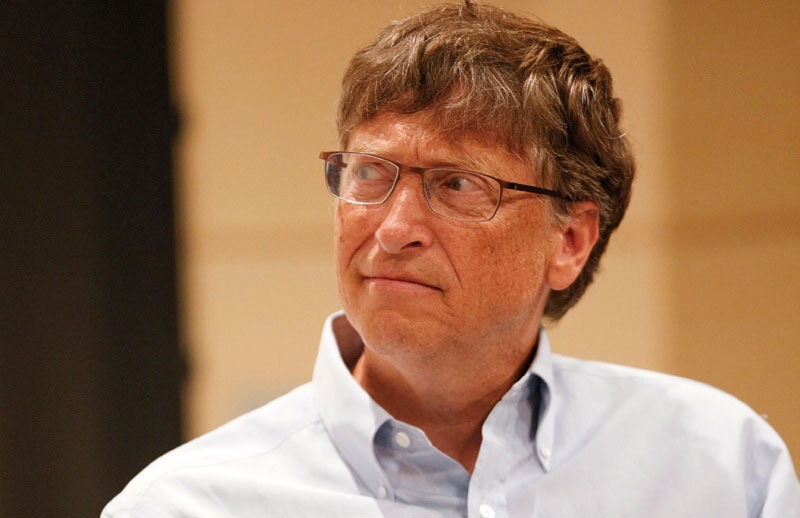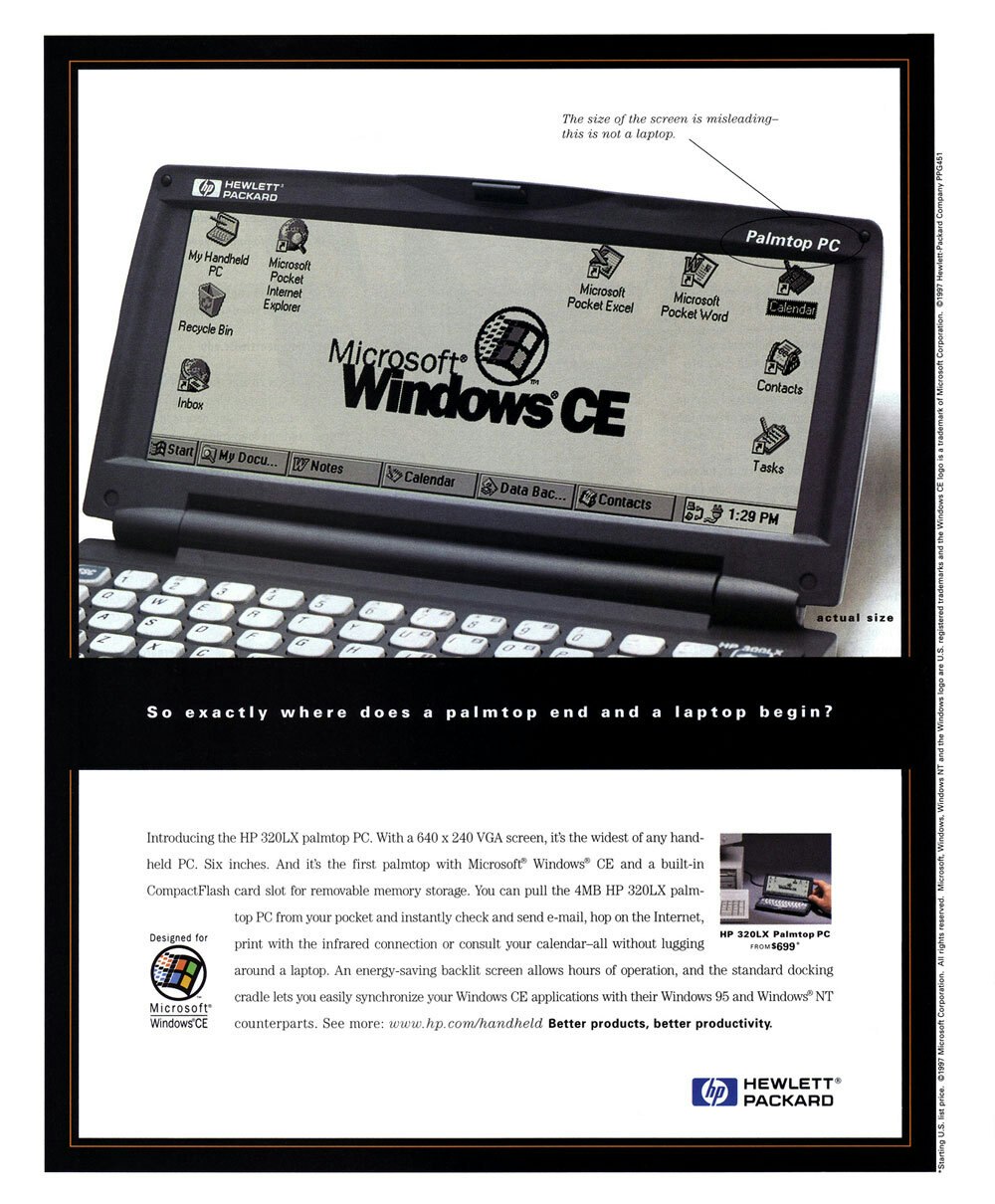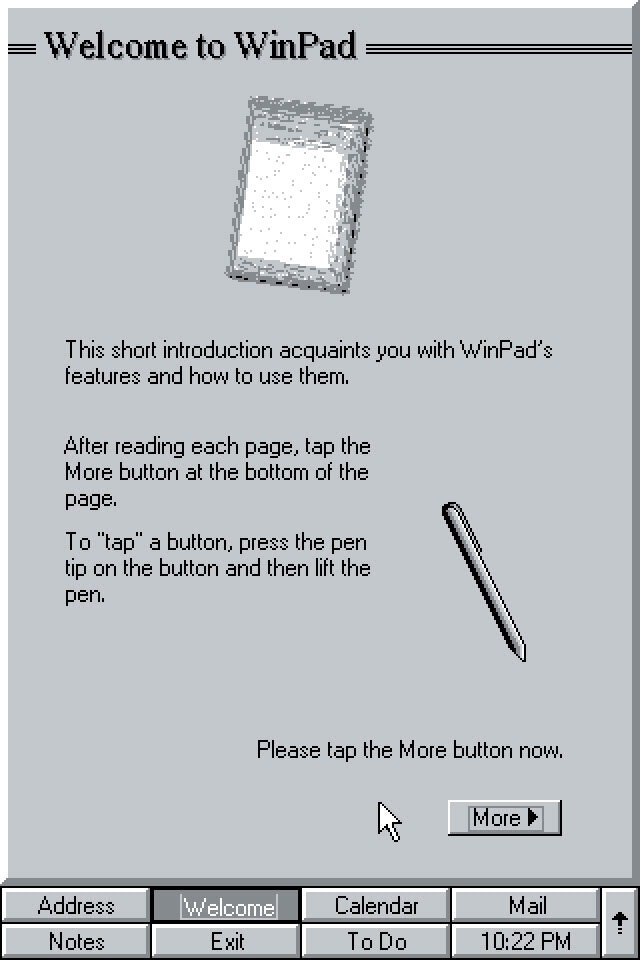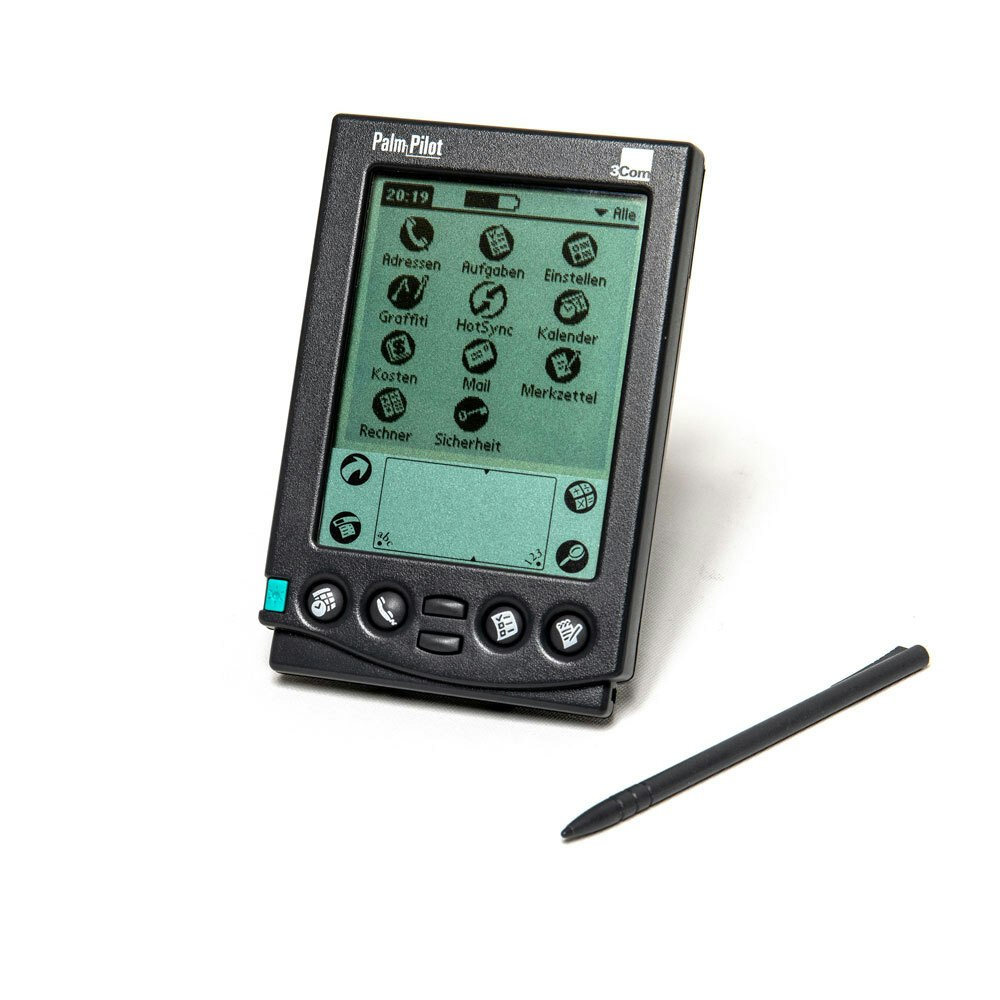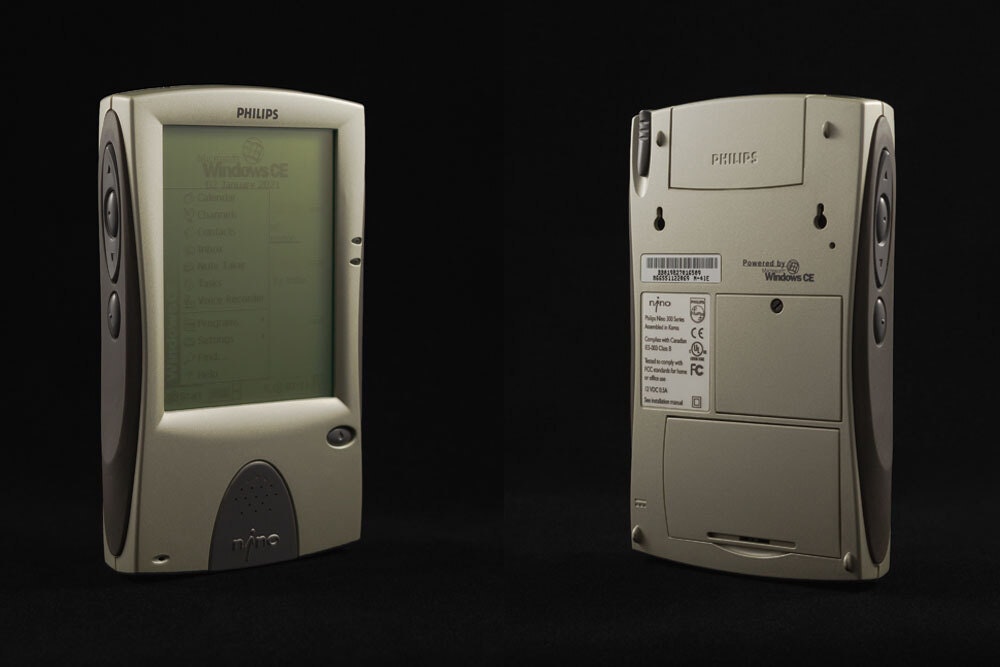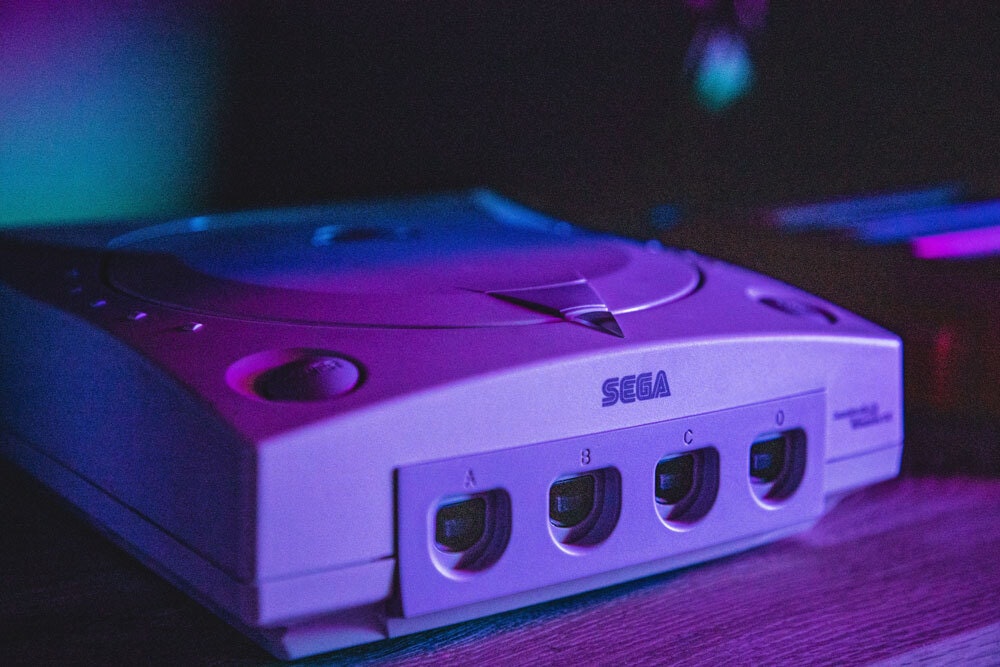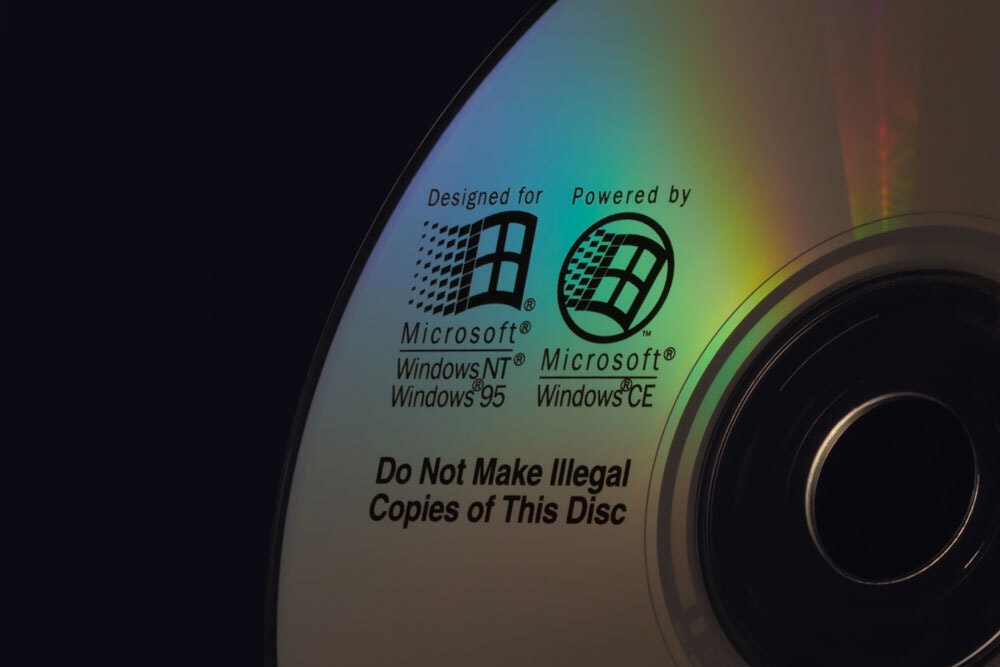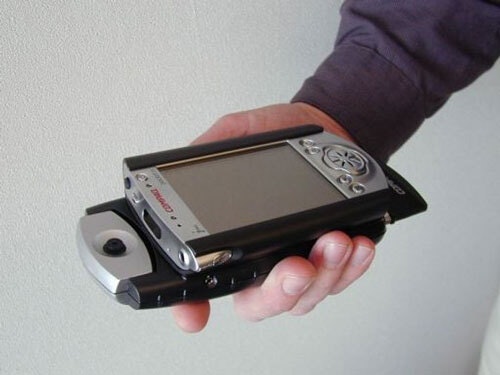Tedium - Windows, Minimized 💿
|
|
|
|
|
|
|
|
|
|
|
Older messages
I’m Controlling Your Cursor 🤯
Saturday, February 13, 2021
The wonders and risks of remote desktop access. Here's a version for your browser. Hunting for the end of the long tail • February 12, 2021 Today in Tedium: It's not every day that I get to
Tab It Your Way 🗂
Friday, February 5, 2021
Talking tabs with a guy who helps make a tab-friendly web browser. Here's a version for your browser. Hunting for the end of the long tail • February 05, 2021 Today in Tedium: As I wrote recently
2001: A Gaming Odyssey 🎮
Wednesday, February 3, 2021
Why 2001 was a pivotal year for online gaming. Here's a version for your browser. Hunting for the end of the long tail • February 03, 2021 Hey all, Ernie here with a piece from Michael Bentley, who
Canada’s Vegas Vacation 🍁🎲🏈
Friday, January 29, 2021
That time Canadian football crossed into the US Here's a version for your browser. Hunting for the end of the long tail • January 29, 2021 Hey all, Ernie here with a piece from Andrew Egan, who is
Respect Your Power Users 🔌
Wednesday, January 27, 2021
Why power users always get screwed by tech companies. Here's a version for your browser. Hunting for the end of the long tail • January 27, 2021 Today in Tedium: When a big company launches or
You Might Also Like
Youre Overthinking It
Wednesday, January 15, 2025
Top Tech Content sent at Noon! Boost Your Article on HackerNoon for $159.99! Read this email in your browser How are you, @newsletterest1? 🪐 What's happening in tech today, January 15, 2025? The
eBook: Software Supply Chain Security for Dummies
Wednesday, January 15, 2025
Free access to this go-to-guide for invaluable insights and practical advice to secure your software supply chain. The Hacker News Software Supply Chain Security for Dummies There is no longer doubt
The 5 biggest AI prompting mistakes
Wednesday, January 15, 2025
✨ Better Pixel photos; How to quit Meta; The next TikTok? -- ZDNET ZDNET Tech Today - US January 15, 2025 ai-prompting-mistakes The five biggest mistakes people make when prompting an AI Ready to
An interactive tour of Go 1.24
Wednesday, January 15, 2025
Plus generating random art, sending emails, and a variety of gopher images you can use. | #538 — January 15, 2025 Unsub | Web Version Together with Posthog Go Weekly An Interactive Tour of Go 1.24 — A
Spyglass Dispatch: Bromo Sapiens
Wednesday, January 15, 2025
Masculine Startups • The Fall of Xbox • Meta's Misinformation Off Switch • TikTok's Switch Off The Spyglass Dispatch is a newsletter sent on weekdays featuring links and commentary on timely
The $1.9M client
Wednesday, January 15, 2025
Money matters, but this invisible currency matters more. ͏ ͏ ͏ ͏ ͏ ͏ ͏ ͏ ͏ ͏ ͏ ͏ ͏ ͏ ͏ ͏ ͏ ͏ ͏ ͏ ͏ ͏ ͏ ͏ ͏ ͏ ͏ ͏ ͏ ͏ ͏ ͏ ͏ ͏ ͏ ͏ ͏ ͏ ͏ ͏ ͏ ͏ ͏ ͏ ͏ ͏ ͏ ͏ ͏ ͏ ͏ ͏ ͏ ͏ ͏ ͏ ͏ ͏ ͏ ͏ ͏ ͏ ͏ ͏ ͏ ͏ ͏ ͏ ͏ ͏ ͏ ͏
⚙️ Federal data centers
Wednesday, January 15, 2025
Plus: Britain's AI roadmap
Post from Syncfusion Blogs on 01/15/2025
Wednesday, January 15, 2025
New blogs from Syncfusion Introducing the New .NET MAUI Bottom Sheet Control By Naveenkumar Sanjeevirayan This blog explains the features of the Bottom Sheet control introduced in the Syncfusion .NET
The Sequence Engineering #469: Llama.cpp is The Framework for High Performce LLM Inference
Wednesday, January 15, 2025
One of the most popular inference framework for LLM apps that care about performance. ͏ ͏ ͏ ͏ ͏ ͏ ͏ ͏ ͏ ͏ ͏ ͏ ͏ ͏ ͏ ͏ ͏ ͏ ͏ ͏ ͏ ͏ ͏ ͏ ͏ ͏ ͏ ͏ ͏ ͏ ͏ ͏ ͏ ͏ ͏ ͏ ͏ ͏ ͏ ͏ ͏ ͏ ͏ ͏ ͏ ͏ ͏ ͏ ͏ ͏ ͏ ͏ ͏ ͏ ͏ ͏ ͏ ͏
3 Actively Exploited Zero-Day Flaws Patched in Microsoft's Latest Security Update
Wednesday, January 15, 2025
THN Daily Updates Newsletter cover The Kubernetes Book: Navigate the world of Kubernetes with expertise , Second Edition ($39.99 Value) FREE for a Limited Time Containers transformed how we package and

